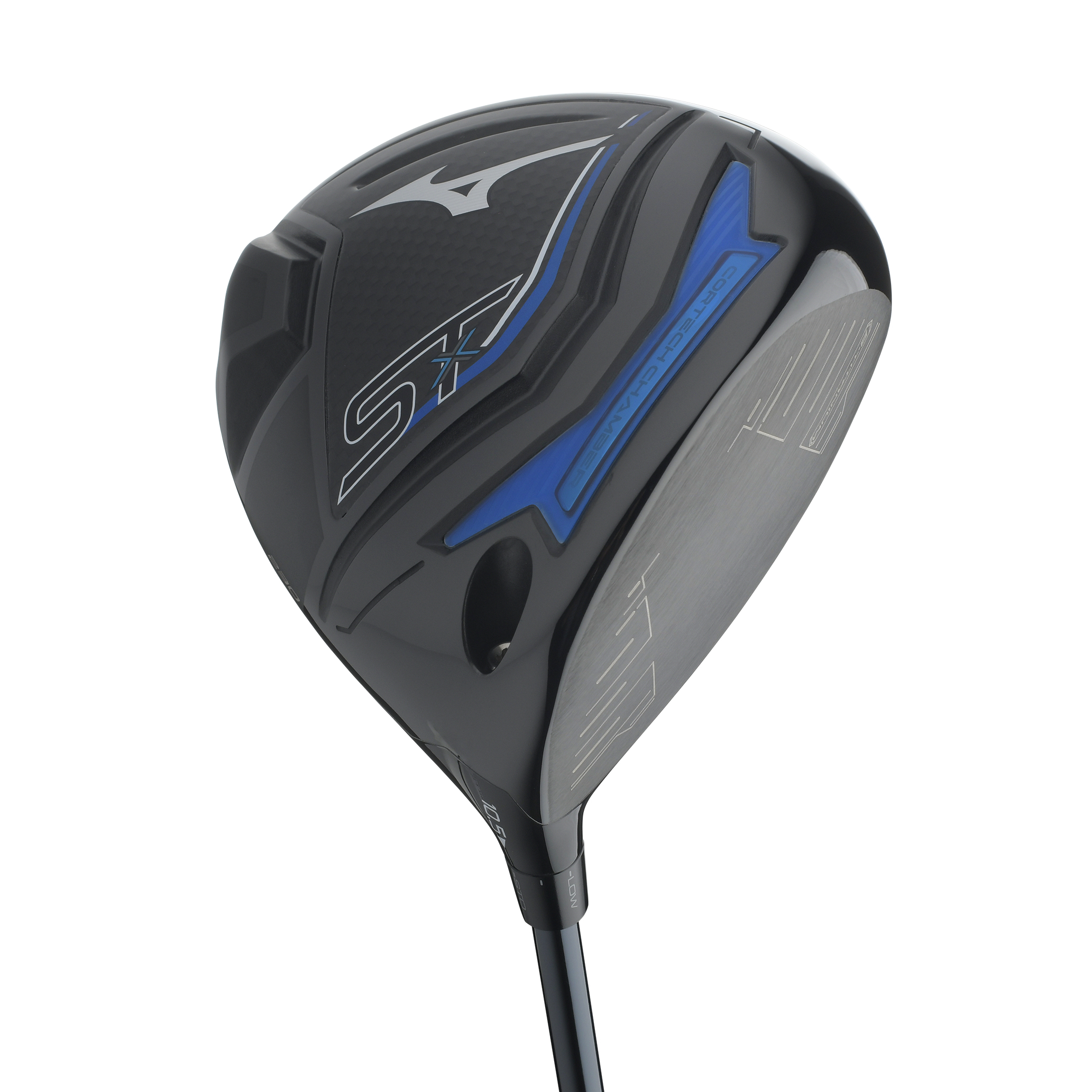Equipment
Mizuno ST230 drivers: What you need to know

WHAT YOU NEED TO KNOW: The three new Mizuno ST230 drivers make a big push forward toward improving ball speed and optimizing launch conditions with a lot of light carbon composite and a little bit of heavy steel. The key is a five-gram bar of steel encased in polyurethane-filled cut through slot in the front of the sole of these drivers. The steel lowers the center of gravity while the opening allows better flexing of the face. The ST-Z 230 uses the rest of the saved weight from in the center rear perimeter for maximum stability. The ST-X 230 pushes that extra mass toward the rear and heel side for increased workability and a slight draw bias. The ST-X 230 PLTNM uses a lighter overall construction (by 30 grams) to provide more potential swing speed for moderate speed players.

PRICE: ST-Z 230 ($500): 9.5, 10.5 degrees; ST-X 230 ($500): 9.5, 10.5, 12 degrees; ST-X 230 PLTNM ($550): 10.5, 12 degrees. Available in February.

This clubhead features a more neutral but forgiving launch that benefits from a high-strength titanium alloy in the face for extra ball speed. The forgiveness comes from a 14-gram weight placed deep in the center that makes the head extra stable on off-center hits. Additional speed comes from the channel cut into the front part of the sole, which allows the face to flex more at impact, especially low on the face. A steel weight in the polymer filling helps lower the center of gravity to reduce spin.
3 COOL THINGS
1. Forward thinking. You can talk forever about any number of material attributes behind the latest drivers, but the simple truth is they’re all largely on this quest to do two things: maximize ball speed and minimize spin. In practical terms, to do the former you have to figure out some way to make the face propel the ball better, while to accomplish the latter you have to find a way to lower the center of gravity, usually by pushing weight forward. The team at Mizuno believes they’ve found a way to accomplish both by doing one thing, and that is a five-gram bar of steel.

Maybe that doesn’t sound like much, but it’s all about where it’s placed. With a cut-through opening in the front of the sole, the new Mizuno ST-230 drivers create a more flexible face. But when you fill that opening with a flexible polyurethane and then embed that heavy steel weight within that polymer, you get it all, said David Llewellyn, director of research and development for Mizuno.
“By placing this weight low and forward in this polymer, we were able to get the effect we want, more ball speed and a nice reduction in spin, with a minimal amount of weight,” he said of the “CORTECH Chamber,” what the company calls that region in the sole. “It really gave us another lever to pull. Remember the idea is to reduce spin, add speed and maintain stability.”

That last idea is not trivial. While it’s certainly possible to have put more weight forward, it would have come at the expense of having less weight to push to the perimeter. That extra available mass is made possible by a large carbon composite crown and sole sections. It’s able to be redistributed to the deep center on the ST-Z 230 and slightly toward the rear heel on the ST-X 230 and ST-X 230 PLTNM. By having another 14 grams that can go to those perimeter sections, the ST230 drivers maintain high forgiveness on off-center hits, Llewellyn said.

Somewhat the fraternal twin of the ST-Z 230, the ST-X 230 shifts the weight saved from its carbon-composite crown and sole slightly toward the heel. While for some, that 14-gram back weight offers a bit of slice correction, its main function is to make the overall head easier to manipulate during the swing. That means it can appeal to players looking to work the ball. Still, its relatively deep position in the head improves overall stability on off-center hits. Just as important to ball speed are the high-strength titanium alloy in the face and a channel cut in the sole to improve the way the face deflects, particularly on lower impacts.
The polymer also plays a role in increasing ball speed. Its flexibility allows the sole to flex more, which contributes to better ball speed lower on the face. Meanwhile, at impact, “the weight itself adds momentum to the way the face is flexing,” Llewellyn said. In other words, the weight and the polymer together are creating both more speed and less spin.

2. Face facts. Not to be overlooked in all this speed talk is the makeup of the faces on the ST230 drivers. As it has in the recent past, these drivers use 2041 Beta Titanium, which helps produce a face with variable thicknesses that increase performance on mis-hits, Llewellyn said.
“It allows us to be very aggressive in terms of a multiple thickness face design,” he said. “And Beta Titanium has a faster strain rate recovery so it can snap back faster than other titanium alloys.”
3. Draw bias isn’t just for slicers anymore. Perhaps the most interesting development in the three Mizuno drivers is how the so-called draw bias version might just find its way into the bags of elite players. Certainly the ST-Z 230 with its high forgiveness and neutral to slight fade bias might be the first options for better players, but Mizuno’s testing with better players has shown that the slightly heel-biased ST-X 230 is resonating with some better players because the center of gravity is closer to the shaft.

“ST-X 230 is a complex character,” said Chris Voshall, Mizuno’s director of product. “Although in the higher loft option it’s a higher flying draw-biased option, the 9.5 for many of our tour players was more workable and faster from the face.”